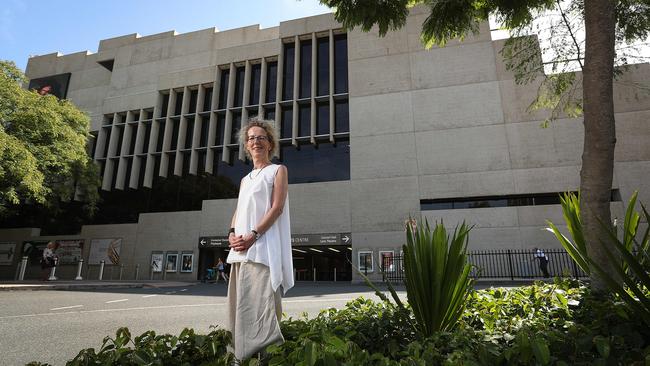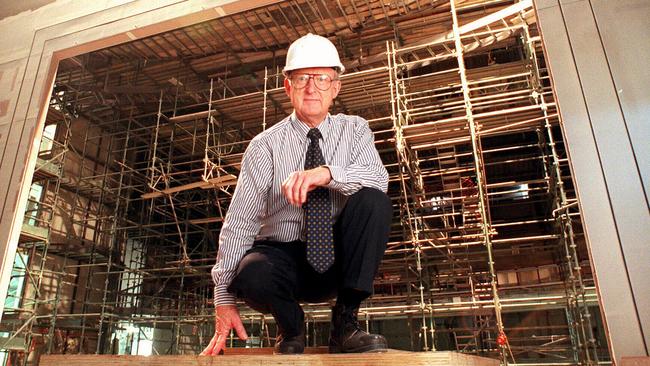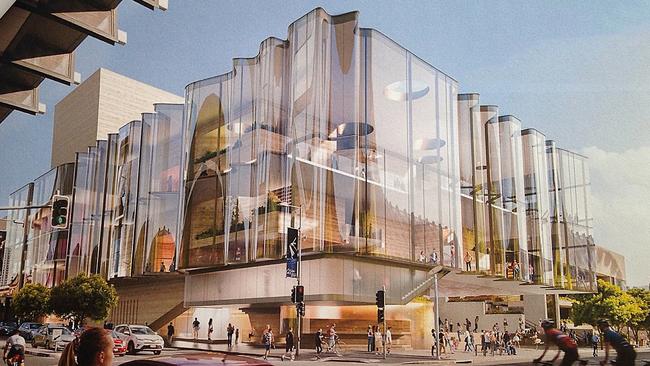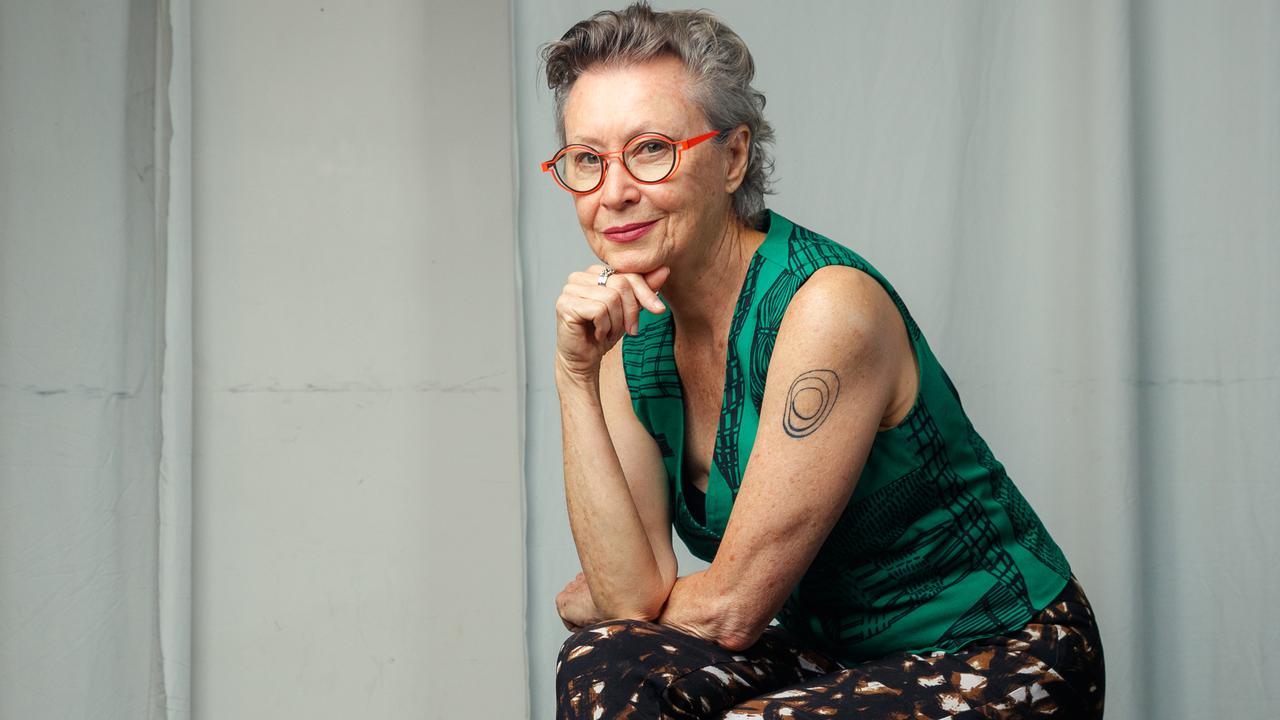Collision of legacy and grand redesigns at Queensland Performing Arts Centre
The daughter of architect Robin Gibson has denounced a $150m plan to redevelop one of her late father’s signature buildings.

The daughter of celebrated Brisbane architect Robin Gibson has denounced a $150m plan to redevelop one of her late father’s signature buildings, saying it has been plagued by conflicts of interest and disrespect for his work.
Tina Gibson, a practising heritage architect now based in Europe, spoke out as a six-year-long program under both LNP and Labor governments to revamp the Queensland Performing Arts Centre entered the final lap, awaiting sign off by the state Planning Minister.
Central to her complaint is the role played by Brisbane conservation architect Andrew Ladlay, who sat on the Queensland Heritage Council that assessed the plan submitted by the winning design while working as a consultant to the successful bidder.
“Correct process would have been that he never should have been appointed to the council at the time he was,” Ms Gibson said, voicing her dismay with the planning and approval process.
QPAC is the linchpin of a cultural complex opposite the Brisbane CBD designed by Robin Gibson in the 1970s that takes in the Queensland Art Gallery, the Queensland Museum and State Library.
To the master architect’s admirers, the stark, raw concrete monolith of QPAC is a classic of Brutalist design, a study in light and shade with its subtle recesses and overhangs. But critics say it has all the aesthetic appeal of an upside-down cake tin. Ms Gibson, 61, holds her father’s moral rights to the QPAC design — a form of copyright — along with collaborating architect Allan Kirkwood. After Campbell Newman’s LNP government proposed a radical redevelopment of the riverfront precinct in 2014, she launched a campaign against the plan to erect commercial towers on the site to offset the cost of the rebuild.
The scheme was scrapped by Annastacia Palaszczuk when Labor returned to office in 2015, and Ms Gibson was brought on to a “roundtable” committee to advise on the future of QPAC, which had been heritage-listed alongside other Robin Gibson buildings. The government decided an additional 1500 to 1700-seat theatre was required, and put the call out to architects worldwide to bid for the design.
Announcing the winner last July, the Premier said a glass and steel design by the syndicate of glamour Norwegian architects Snohetta and Brisbane outfit Blight Rayner “respected” Robin Gibson’s vision.

Professionally and personally speaking, his daughter disagrees wholeheartedly. The new theatre, displacing a green on the existing building’s southwest corner, was too big, its fly tower too high, and the effect would be to overshadow the carefully scaled design of QPAC. “All along I believed there should be a building there, a theatre, but this glass box is overscaled … it just overpowers what’s already there,” she warned.
Ms Gibson said her concern about the design was compounded by her dealings with Mr Ladlay, who rejects her claim that his dual role on the Heritage Council and as a conservation consultant to Snohetta-Blight Rayner constituted a conflict of interest.
He said he recused himself whenever the QPAC project came before the council before the New Performing Arts Venue design was approved on December. Backing him, Arts Minister Leeanne Enoch said: “I am advised that Mr Ladlay managed any potential conflict … that he excused himself from all meetings and discussions in which the QHC has considered the NPAV. He also had no role in the recommendation provided by QHC.”
Ms Gibson said she found the process “strange”, especially when Mr Ladlay was also tasked with writing the heritage impact statement on the Snohetta-Blight Rayner design. The first draft misrepresented her position, suggesting she had endorsed the plan, forcing the statement to be revised when she made her objection known. Mr Ladlay agreed there had been “a misunderstanding … of communication. There was no big deal there.”

Asked if his role in preparing the heritage impact statement was a conflict of interest with his position as a consultant to Snohetta-Blight Rayner, he said: “That’s how it works. The consortium is required to provide the necessary heritage reporting … that’s how the system works.”
Ms Gibson is also pushing for the four designs that were shortlisted behind the successful bid to be released, arguing the public should be able to gauge the quality of the field.
Asked what her father would have thought of the proposed add-on to QPAC, she said: “He would have been appalled because it is just such an un-Queensland piece of architecture.”



